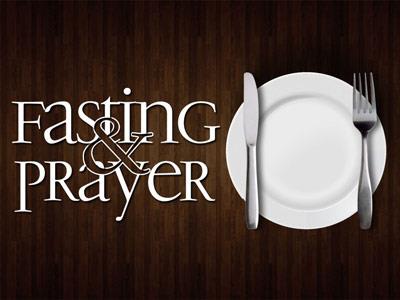-
The Dark Night Of The Soul Series
Contributed by Matthew Kratz on Mar 21, 2023 (message contributor)
Summary: In this “Dark Night of the Soul” we see the relationship between prayer and action through three things: Through 1) His Sorrow Matthew 26:36–38), 2) His Supplication (Matthew 26:39–45a), and 3) His Strength (Matthew 26:45b-46).
Matthew 26:36-46. [36] Then Jesus went with them to a place called Gethsemane, and he said to his disciples, "Sit here, while I go over there and pray." [37] And taking with him Peter and the two sons of Zebedee, he began to be sorrowful and troubled. [38] Then he said to them, "My soul is very sorrowful, even to death; remain here, and watch with me." [39] And going a little farther he fell on his face and prayed, saying, "My Father, if it be possible, let this cup pass from me; nevertheless, not as I will, but as you will." [40] And he came to the disciples and found them sleeping. And he said to Peter, "So, could you not watch with me one hour? [41] Watch and pray that you may not enter into temptation. The spirit indeed is willing, but the flesh is weak." [42] Again, for the second time, he went away and prayed, "My Father, if this cannot pass unless I drink it, your will be done." [43] And again he came and found them sleeping, for their eyes were heavy. [44] So, leaving them again, he went away and prayed for the third time, saying the same words again. [45] Then he came to the disciples and said to them, "Sleep and take your rest later on. See, the hour is at hand, and the Son of Man is betrayed into the hands of sinners. [46] Rise, let us be going; see, my betrayer is at hand." (ESV)
If you were to listen to much of contemporary spirituality, you would quickly come to the realization that we should expect nothing but times of peace, comfort, joy, and celebration. The problem is that the reality of life soon comes calling were realize that dealing with difficulties don’t allow such an unending state of bliss. Reflecting on this reality, in the year 1577, a Spanish poet known as John of the Cross, wrote a poem entitled “La noche oscura del alma”, the Dark Night of the Soul. So impactful was the poem that the phrase has been regarded by some to represent periods in life when the sense of God’s presence seems absent. (McKim, D. K. (2014). The Westminster Dictionary of Theological Terms (Second Edition, Revised and Expanded, p. 80). Westminster John Knox Press.)
In Matthew 26, on the eve the most significant event in history coming to fruition, we see the great anguish of the saviour. For the first time ever in history, the eternal son of God will be cut off from His Father. He will face great physical and emotional distress in being abandoned by those who were closest to Him. On this eve of His crucifixion, He experiences “The Dark Night of the Soul”. Here we see Jesus struggle with the enemy in the garden the night before the cross to teach the disciples and every future believer a lesson about facing severe trial. The Lord not only was preparing Himself for the cross but also, by His example, preparing His followers for the crosses He calls them to bear in His name (Matt. 16:24).
It’s easy for us to become so expectant on getting instant understanding and comprehension of events that we fail to understand the nature of struggle. We look here at Matthew 26 and see the struggle of Christ and we must realize that struggle is a reality of life. There will be times when we experience The Dark Night of the Soul, where we must look to God, and wait in silence before Him. He will not always feel immediately present or immediate answer our request. For those who trust in Christ, we can see here how Jesus’ dark abandonment by the Father, results in us never truly being abandoned ever again.
The record in Matthew 26:36-46, most likely records the events near midnight on the Thursday of Passover week in A.D 33 (or perhaps 30). Jesus’ three years of ministry were completed. He had preached His last public sermon and performed His last miracle. He also had celebrated the last Passover with His disciples. But infinitely more important than that, He had come to be the last and ultimate Passover Lamb, the perfect and only sacrifice for the sins of His people. Matthew 26:36–46 reveals three aspects of Jesus’ striving in the garden. In this “Dark Night of the Soul” we see the relationship between prayer and action through three things: Through 1) His Sorrow Matthew 26:36–38), 2) His Supplication (Matthew 26:39–45a), and 3) His Strength (Matthew 26:45b-46).
The relationship between prayer & action is first seen through Christ’s Dark Night of the Soul in:
1) His Sorrow (Matthew 26:36–38)
Matthew 26:36-38. [36] Then Jesus went with them to a place called Gethsemane, and he said to his disciples, "Sit here, while I go over there and pray." [37] And taking with him Peter and the two sons of Zebedee, he began to be sorrowful and troubled. [38] Then he said to them, "My soul is very sorrowful, even to death; remain here, and watch with me." (ESV)

 Sermon Central
Sermon Central



